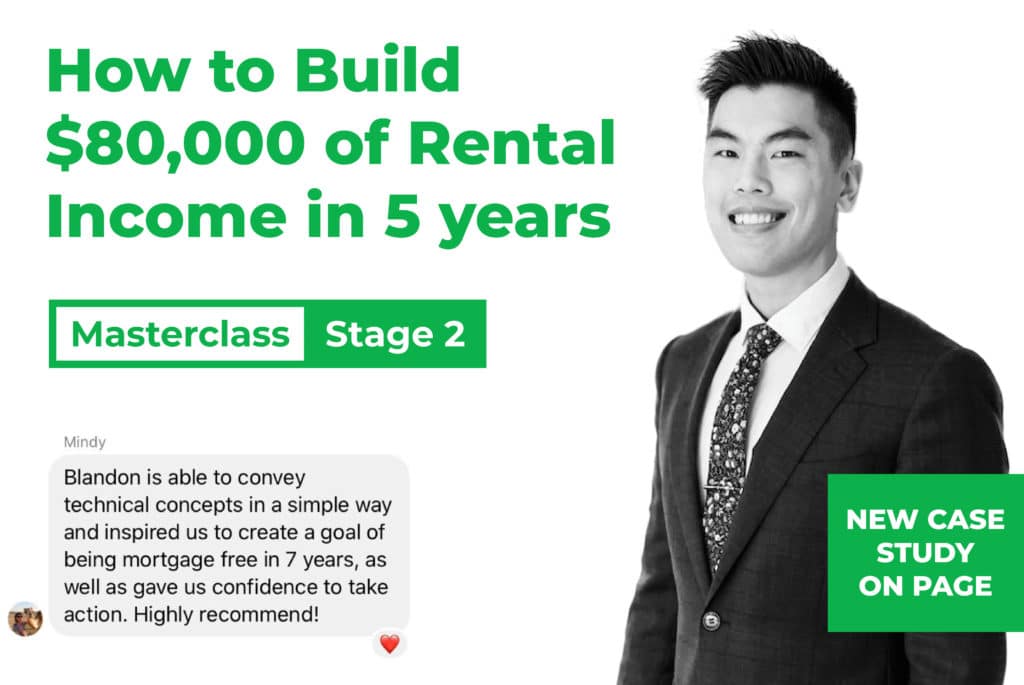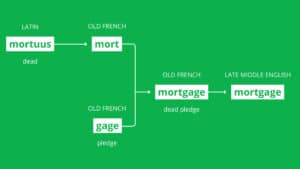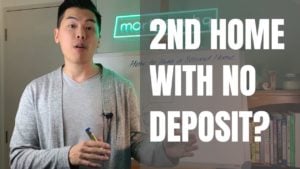Lightly edited video transcription
Today, I want to discuss with you which financing strategy is going to be best suited for your development. In this video, I’m (Blandon Leung) going to share with you the three types of developers that I have worked with over the years and sort of what kind of financing strategy might be suitable for them.
So, the first developer we have is Mum and Dad Developers. Sort of looking for that one soft (lower risk) project and they’re just pretty much wanting a bit more passive income to retire on.
The second type of developer we have is Aspiring Developers, wanting to do multiple projects and maybe make something out of it.
The third type of developers is Veteran Developers. They might have done several projects and are quite experienced in that space.
For Mum and Dad Developers, they’re just looking for some extra cash flow. Their goal is just to generate as much cash flow as possible. One of the best measures that they should be aiming for is mortgage coverage. Now, this is your rent to your debt ratio. So, you’re basically wanting the maximum rental income from every dollar that you’ve borrowed.
So, cost is very important in that sense and that’s just going to put the Mum and Dad in the best position. Multi-units are usually a good way to start because that gives you multiple incomes. And, you could even perhaps hold back on a subdivision cost so you don’t get the titles yet and minimize the actual borrowing that you have in the beginning so you can maximize the cash flow.
The financing strategy in this situation is usually with the main banks. This is going to save them the most money (lowest rates and fees).
Now, for Aspiring Developers, their focus is growth. This is where you want to do multiple developments down the line and you might want to hold some of these properties.
But, at the same time, you want to make sure that you’re not getting too much debt so that you can still borrow more money in the future and keep financing the future projects. Now, in most projects, there is a ‘Sweet’ Spot, basically where you can hold some without borrowing too much money from the bank so that you can still service the next loan. And, you can sell some so you can recycle some of that money back and you can use that money to go on the next project.
So, in this situation, mortgage coverage and return on investment are very important. For anything that you hold, you want the highest mortgage coverage possible. And, for return on investment, you want to make sure you’re still getting a good margin and returning some of that equity back. Now, in this situation, the financing strategy you want is sometimes you want to go for main banks because it’s usually the lowest cost.
However, there might be less flexibility. So, you might want to utilize a little bit of a second-tier lender in there as well because you might not have to pre-sell some of those houses and it’s going to give you a lot more flexibility, therefore, you might speed up your project as well.
The similarities might seem nuanced, but there are quite a few different moving parts for these different types of developers.
For Veteran Developers, they’re looking at shareholder return. Simply put, looking at the highest return for its shareholders.
This often requires the developer to sell the project and they can get the capital back so that they can do more projects. Now, sometimes when a capital pool is big enough, they might introduce syndication. Simply put, it’s just a whole bunch of people putting capital together and then they put it on a property for rental returns.
It’s a safer way because you’re more diversified and you don’t have to put all your money in one particular project. You can have multiple projects. Now, for Veteran Developers, they’re looking for internal rate of return (IRR). This is actually very similar to return on investment, looking at the margin on your particular capital that you put in.
But, IRR accounts for time as well, meaning they’re going to look at how long it takes to make that return. So, for example, if you’ve got a four million project and you make one million profit, that’s a 25% return. However, if you’ve got that same return over two years, although the return on investment is 20%, the IRR is now less than 10% per year on the money.
So, timing is a big factor for Veteran Developers. Now, because time is money, sometimes the main bank might not be the best option because it requires you to do pre-sales, progressive QS reports, and progressive valuations as well. So, it might slow down the project and you might want to use some second-tier lenders, where you get more flexibility and pre-sales is not a prerequisite.
Sometimes, mezzanine finance is something to be considered as well. Now, simply put, mezzanine finance is like raising more money for your deposit so you can actually start the project. If you buy a house, if you don’t have enough deposit, the bank is not going to lend you money, same for development projects as well.
So, the advantage with mezzanine finance is basically you’re putting less of your own money in there. Now, the dollar profit might be less, however, the return on your investment, the internal rate of return, and the return for shareholders is going to be much, much higher. This also allows the developer to take on more projects as well. A Veteran Developer will use all three financing strategies.
So, in conclusion, even if you are a Mum and Dad Developer, there’s a lot that we can learn from the professional developers just the way they think and it’s going to help us get the best return on our money. And, if you want to discuss which financing strategy is best for your development, feel free to email us support@mhq.co.nz and one of our advisors can sort of review your situation with you.
And, of course, if you guys want to learn more about property investing and financing strategy, I recommend our online masterclasses read this article to choose one.













